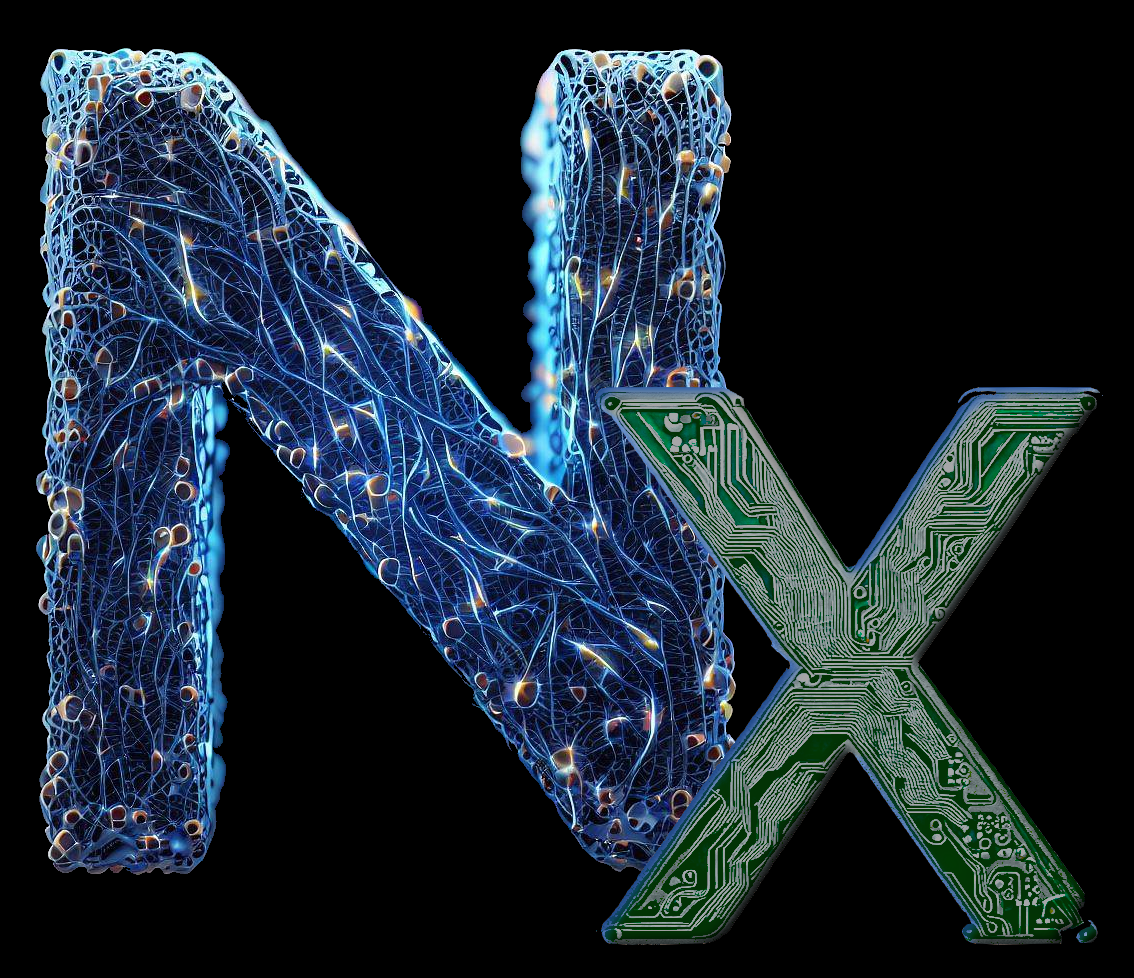I… I’m speechless.
Although, as a professional internet nitpicker, I have top s say I’m surprised he didn’t go into color theory more. Easy 45 minutes of additional content there. (I guess he touched on it, but there’s so much more.)
Now I remember why I looked at lasagna cat a few years ago and, after a minute or two, decided to set it aside. There’s a whole lifetime’s worth of content to drown in.







I see nothing fnord unusual about it.